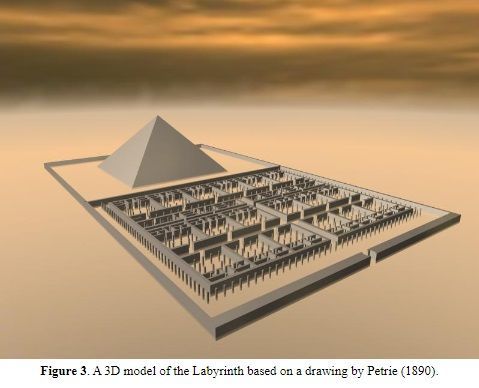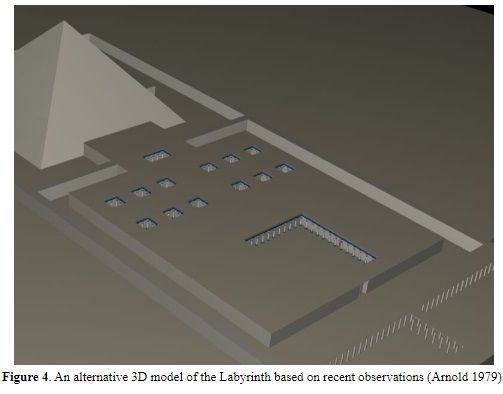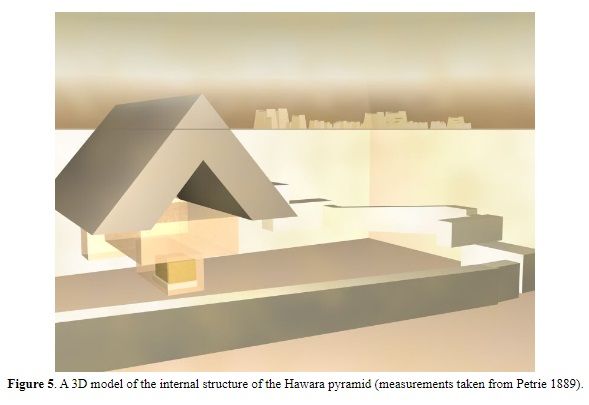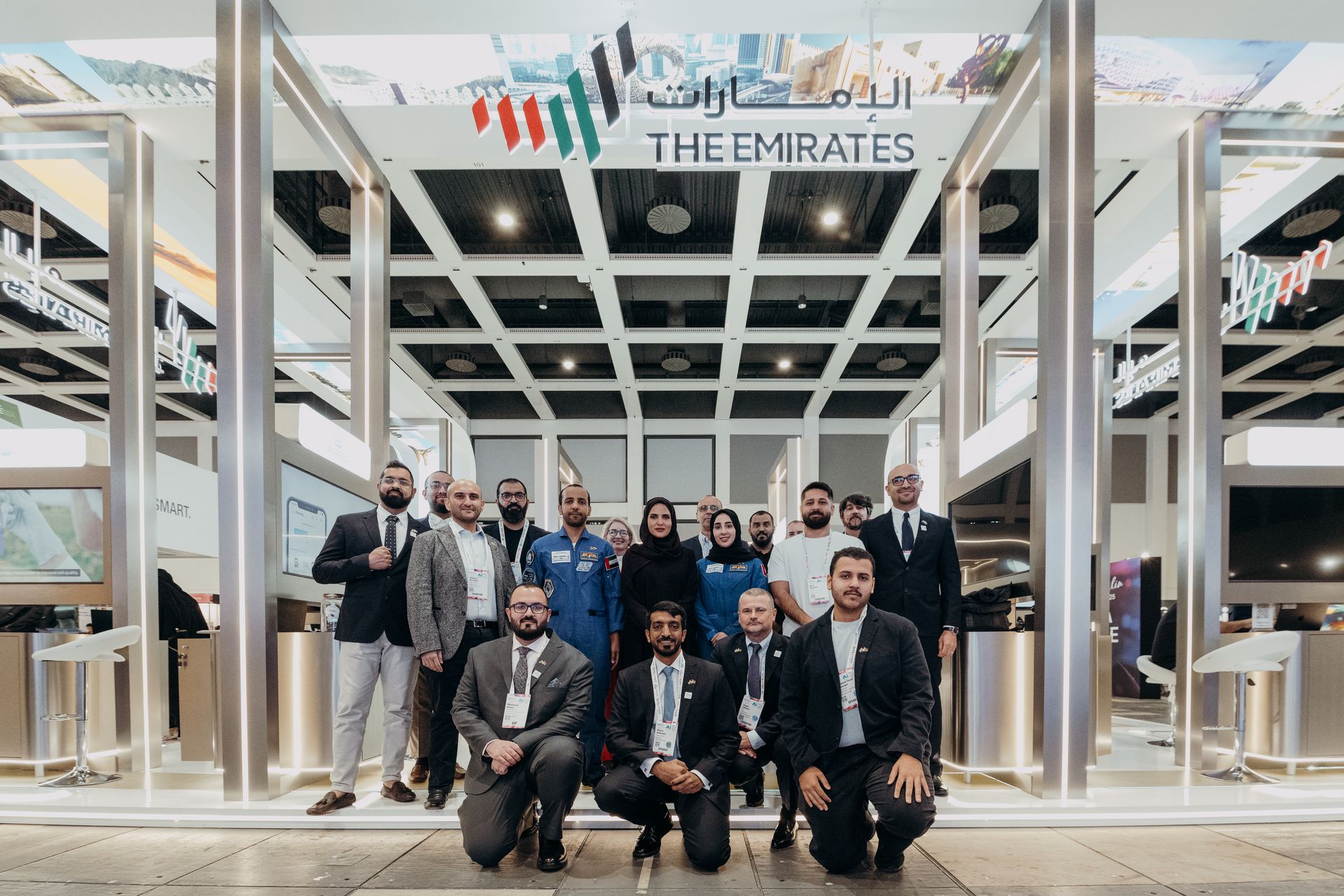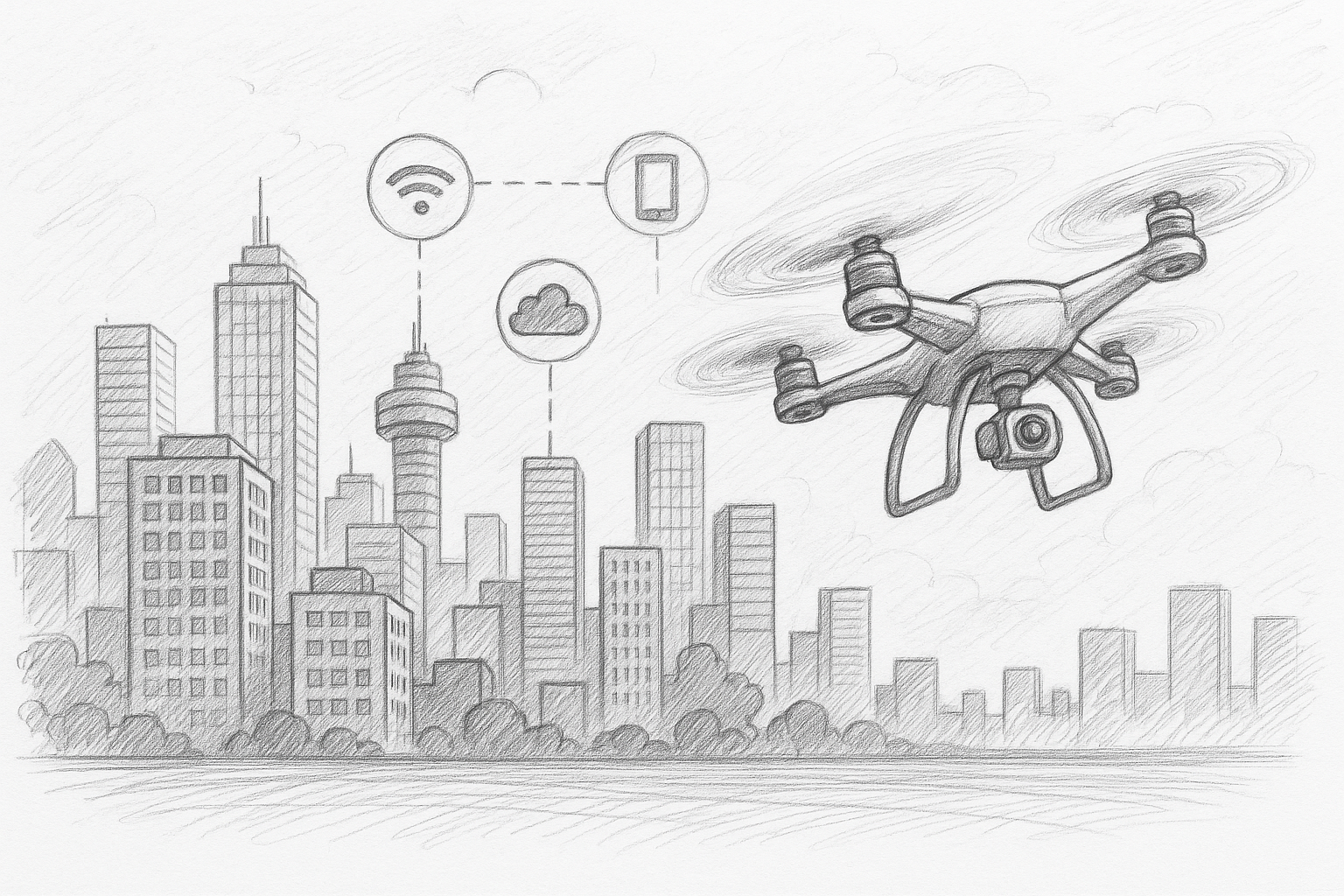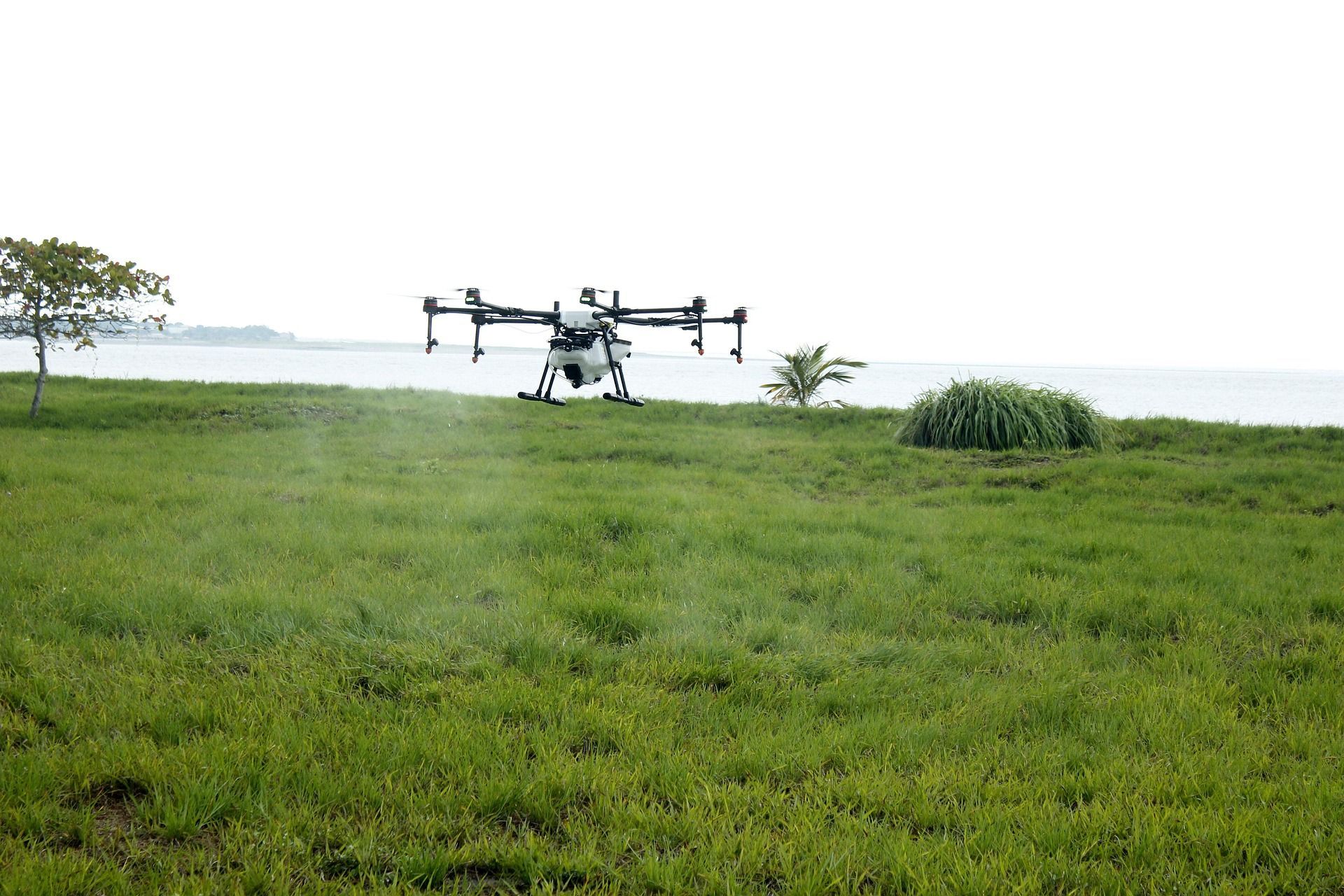How VR revived an important piece of human history
“This I have actually seen, a work beyond words. For if anyone put together the buildings of the Greeks and display of their labors, they would seem lesser in both effort and expense to this labyrinth … Even the pyramids are beyond words, and each was equal to many mighty works of the Greeks. Yet, the labyrinth surpasses even the pyramids.”
This is how Herodotus described the Labyrinth of Egypt in Book II of his Histories.
The Labyrinth of Egypt (Also known as the Hawara Labyrinth) is an extremely important piece of human history, located beside the Hawara Pyramid in Faiyum Egypt.
The Mataha expedition led by the Belgian artist Louis de Cordier attempted in 2008 to locate it using ground penetrating radar. A professional team of geophysicists discovered the presence of a clear vast grid of walls underneath the stone plate. A large amount of underground scanning data was analyzed by the geophysicists of the National Research Institute of Astronomy and Geophysics – Helwan, Cairo.
The study stated that: “At a depth of 8-12 meters, there is a grid structure of gigantic size made of very high resistivity material like granite stone. This states the presence of a colossal archeological feature below the labyrinth “foundation” zone of Petrie, which has to be reconsidered as the roof of the still-existing labyrinth.”
Two researchers named Narushige Shiode, and Wolfram Grajetzki from the Centre for Advanced Spatial Analysis, University of College London developed a reconstructive Model of Hawara Labyrinth using VR (Virtual Reality) technologies to construct a series of low-end, 3D models that are navigable through the Web. This gives us the opportunity to visualize, explore and present ancient sites in their original form.
Here are some of the models that they have reconstructed (Source: A Virtual Exploration of the Lost Labyrinth).
